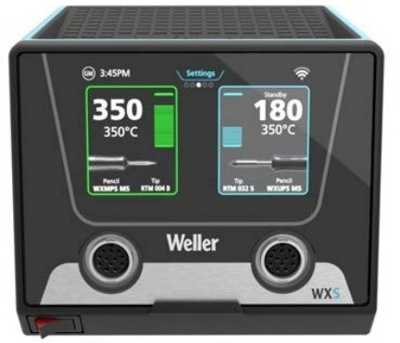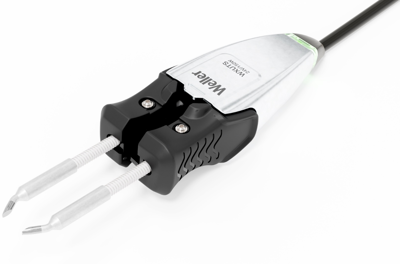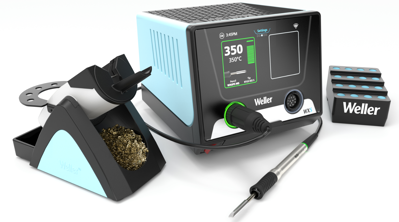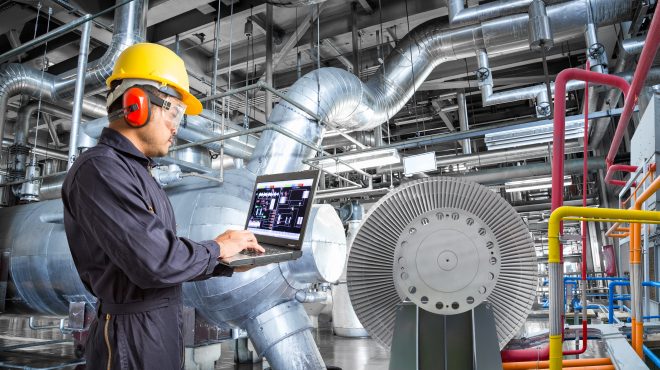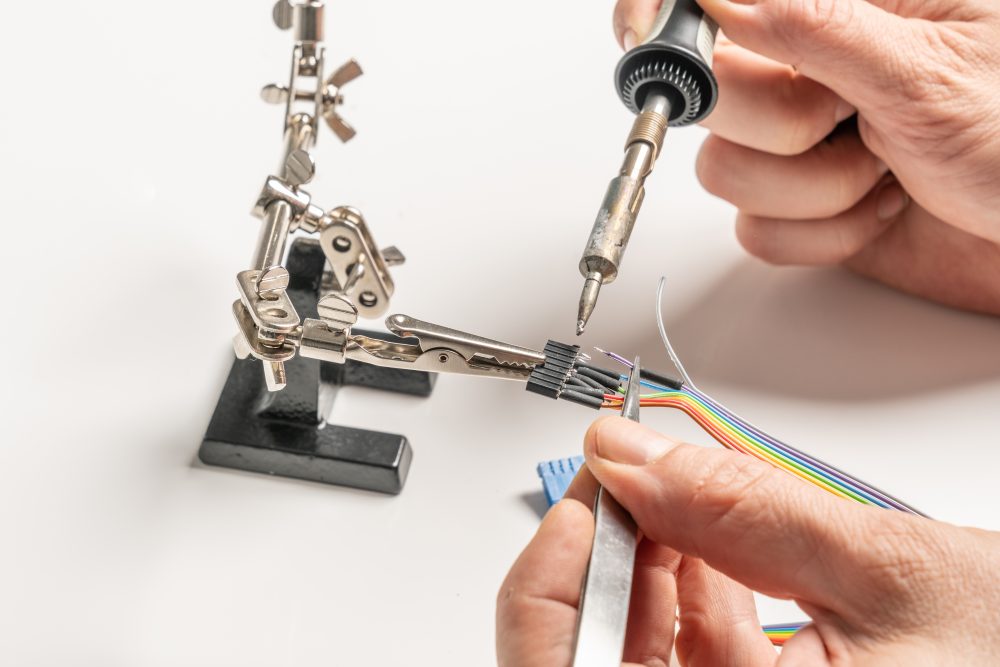
Soldering Technology: Future-oriented Developments
Soldering technology, an essential building block in electronics, has been constantly evolving to meet increasing quality requirements. With rapid advances in digitalization, the IoT and e-mobility, the industry is facing new challenges. So how is modern soldering technology responding to economic and social trends? In this article, we take a look at the innovative processes and products that meet today's high standards.
Table of contents
- Special soldering technology processes on the upswing
- Selective soldering
- Challenges and applications of brazing technology in e-mobility and energy transition
- Adapting to changing production requirements
- Soldering technology in the age of the IoT
- Professional equipment for modern soldering technology
- A look into the future of soldering technology
Special soldering technology processes on the upswing
The need for more precise and efficient manufacturing processes has led to the dominance of certain technologies in soldering technology. Selective soldering, reflow soldering and wave soldering in particular have emerged as the leading methods.
Selective soldering
This method allows specific areas on a PCB to be soldered individually quickly and accurately without affecting adjacent components. This process is particularly advantageous for dense PCBs where traditional methods that solder all solder joints on one side of the workpiece at once would be problematic. Automated selective soldering is the method of choice in assembly production. This is because software takes over the control of the work steps, which enables uniform soldering patterns and consistent quality of individual boards even in series production. The more complex the assembly of the printed circuit boards, the more selective soldering also scores in terms of its cost-effectiveness.
Reflow soldering
Reflow soldering, on the other hand, uses an oven heater to heat solder joints evenly, resulting in a uniform and reliable joint. In this process, the components to be connected are first provided with a paste-like solder mixture. Then the entire circuit board is pushed into a specialized oven. In this oven, there are different temperature zones in which the solder paste melts and solidifies again. This process creates a strong metallic bond between the components and the circuit board. Reflow soldering is particularly well suited to the mass production of electronic components because it can be automated. If repairs or adjustments are required, portable gas soldering guns can be used, which enable targeted heating of the solder joint.
Wave soldering
Wave soldering is a proven technique that is used in particular for printed circuit boards with larger component spacing and through-hole components (THT components). In this process, the underside of the PCB is drawn over a liquid, molten solder bath, which constantly hits the board in the form of a wave and connects the solder joints. The result is fast and efficient soldering of a large number of joints in a single pass. However, because the process places a greater heat load on the components, it is less suitable for delicate or very densely populated boards. Specialized solder wave machines can optimize the process by, for example, precisely controlling the speed and temperature of the wave.
Microalloys as an opportunity
Microalloys also have great potential to shape the brazing technology of the future. They serve as additive components in the soldering mass to improve or form specific properties. Typical materials and their benefits:
- Nickel: This metal reduces copper buildup in the solder bath, providing a more stable process that enables more reliable and durable joints.
- Germanium: This microalloying element reduces the formation of dross – saving resources and protecting the environment.
Challenges and applications of brazing technology in e-mobility and energy transition
The switch to renewable energies raises new challenges for brazing technology and at the same time opens up additional areas of application. Above all, the need to reliably connect increasingly complex components plays an important role. E-mobility also poses new challenges for brazing technology. The components in electric vehicles, especially the power electronics and battery modules, require precise and robust solder joints. The high currents that flow in the drive systems also require connections that can withstand high temperatures and mechanical stresses.
Adapting to changing production requirements
In the fast-paced world of electronics, stagnation is not an option – so soldering technology, as a critical point in the production chain, must also adapt dynamically. Familiar ways of working and common methods must be adapted according to contemporary production requirements in order to keep pace in many respects in the long term. The main changes at a glance:
- High-speed manufacturing
The days when manual labor and slow machines set the pace are over. Modern production lines operate at breakneck speeds to meet the ever-increasing demand for electronic components.
- Robots on the rise
With the rise of robotics, soldering robots have established themselves as true masters of precision and efficiency. They combine speed with accuracy and embody the synthesis of technology and craftsmanship in modern electronics manufacturing.
- Highly competitive environment
Competitive pressure in the electronics industry is enormous and constantly increasing. The focus is not only on quality, but also on the need to produce as cost-effectively as possible. This is forcing the industry to find innovative ways to optimize production in terms of resource utilization, energy efficiency and cost-effectiveness.
- Resource-saving materials
The switch to low-silver or no-silver consumables reflects the growing environmental awareness in the industry. At the same time, such materials enable resource-saving production without compromising on quality.
Soldering technology in the age of the IoT
Likewise, the Internet of Things (IoT) is revolutionizing the way electronics are developed, produced and used. For soldering technology, this means adapting to the specific requirements of the IoT.
- Importance of traceability
In the age of IoT, traceability of the origin of components is not only desirable, but often essential. Whether for quality control, failure analysis, or safety verification, knowing the exact “lifecycle” of a component is worth its weight in gold.
- Revolution through data acquisition
Today, every solder joint, every process step and every temperature curve can be digitally captured and analyzed. The resulting flood of data makes it possible to optimize processes, identify sources of error and raise quality assurance to a new level.
- Digitization as a driving force
The seamless integration of soldering processes into digitized manufacturing landscapes is crucial. Machines are networking, data streams are flowing, and soldering technology is becoming an integral part of a fully digital production chain.
Professional equipment for modern soldering technology
In order to be able to perform precise work in soldering processes and produce reliable alloys, high-quality tools are the be-all and end-all. In the Bürklin Elektronik online store, you can get the operational equipment you need. The range includes soldering and desoldering tips, hot air nozzles, solder wires, soldering and desoldering irons, dispensers and compact soldering stations. In addition, we offer practical accessories and reliable spare parts for purchase.
A look into the future of soldering technology
Soldering technology is undergoing a transformation – fueled by e-mobility, IoT and increasing production demands. The right premium tools from renowned manufacturers prove that high quality standards and innovation can go hand in hand. Bürklin Elektronik is ready to support this future with high-quality equipment. Click through our wide range of products right now!

